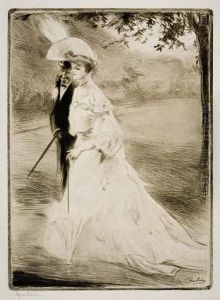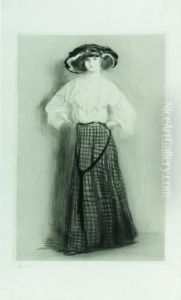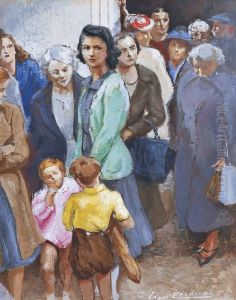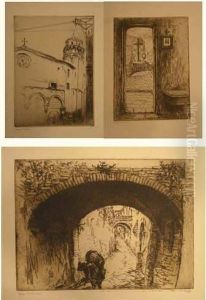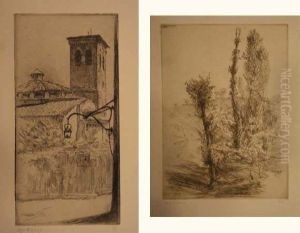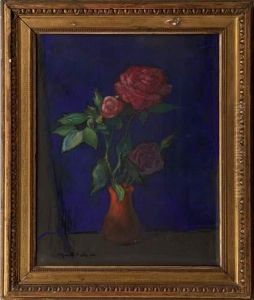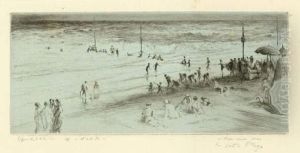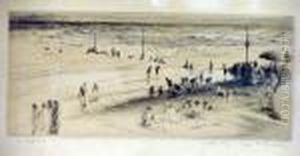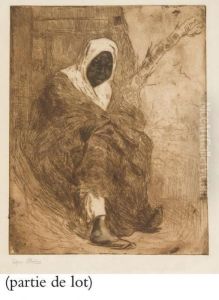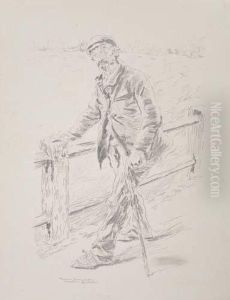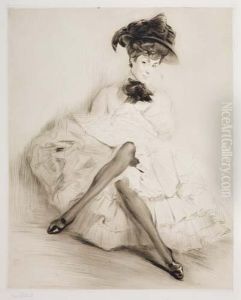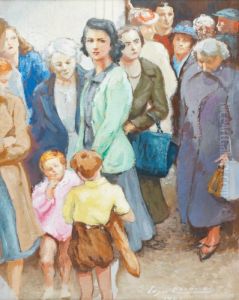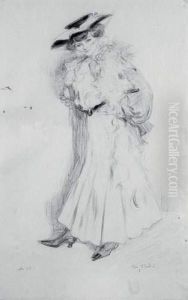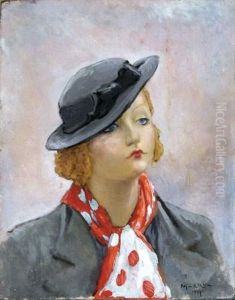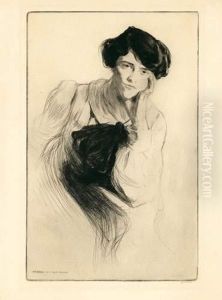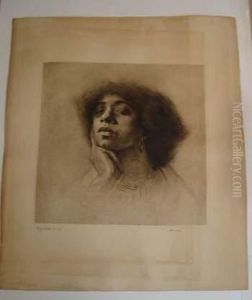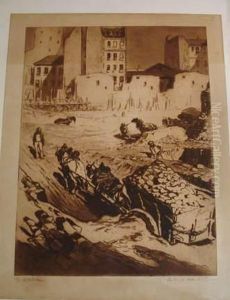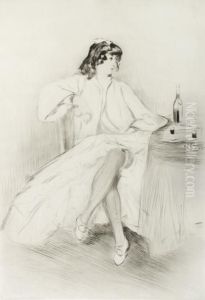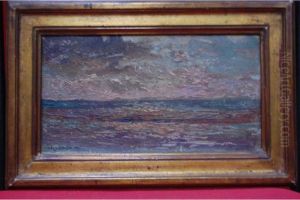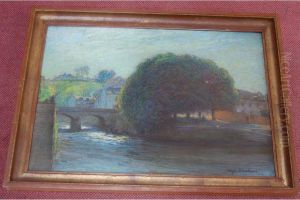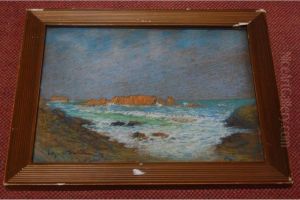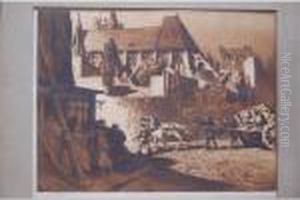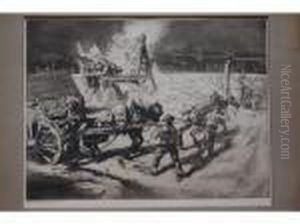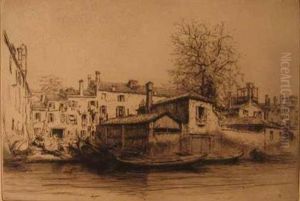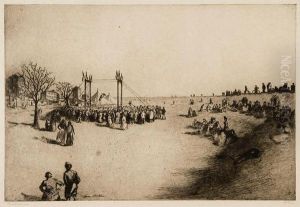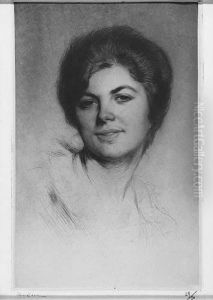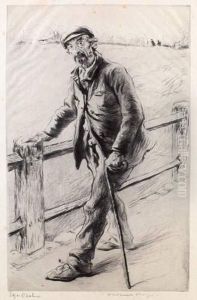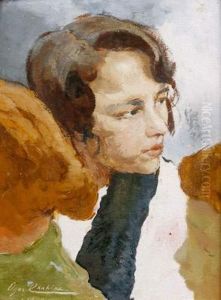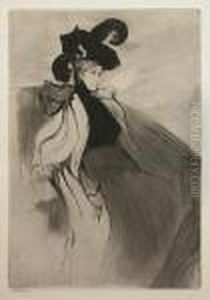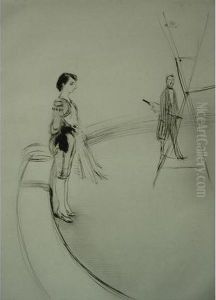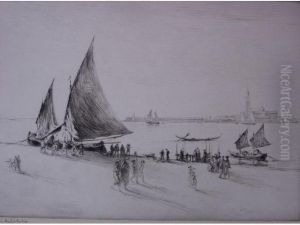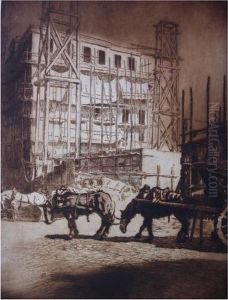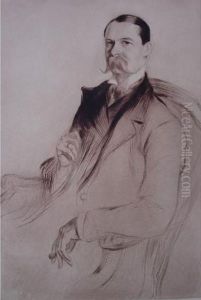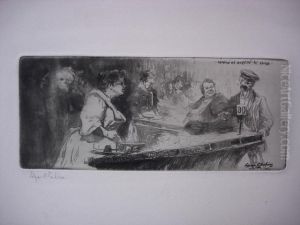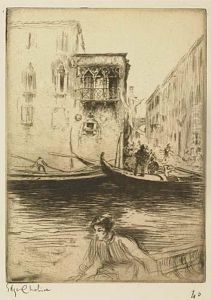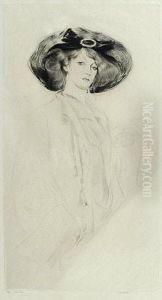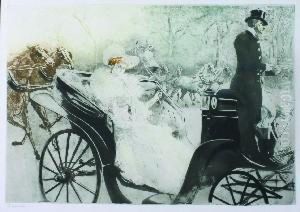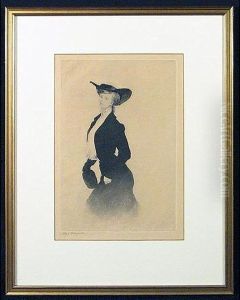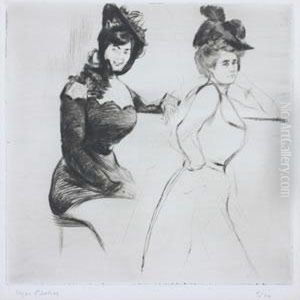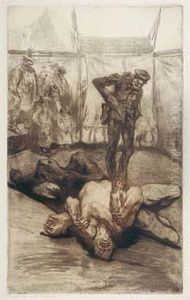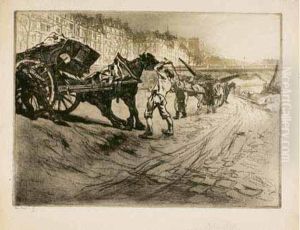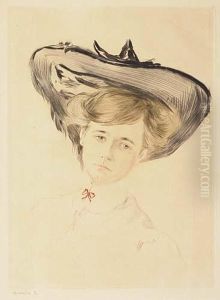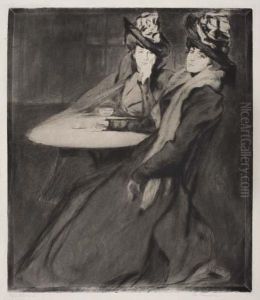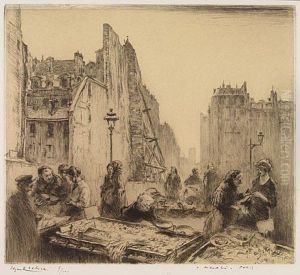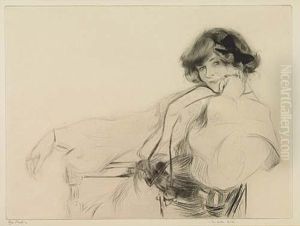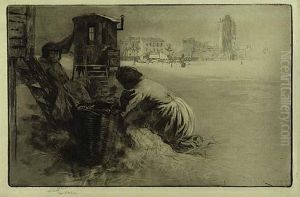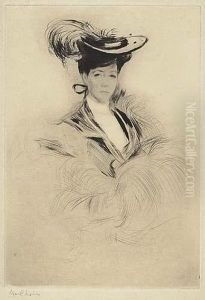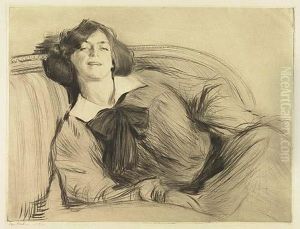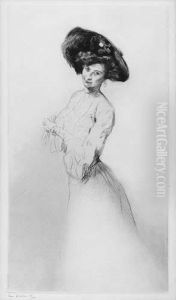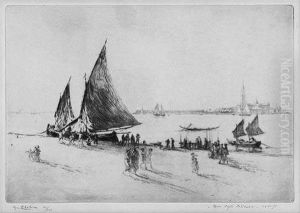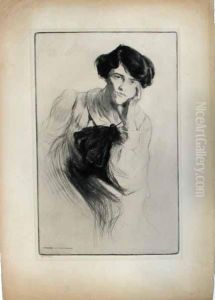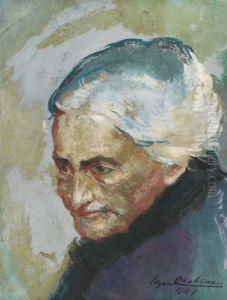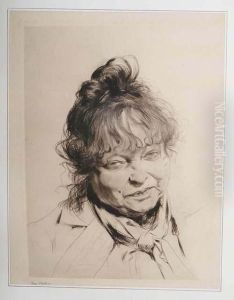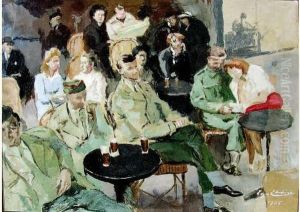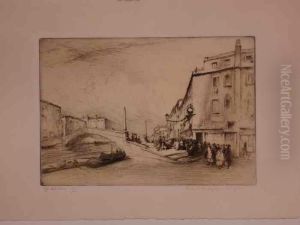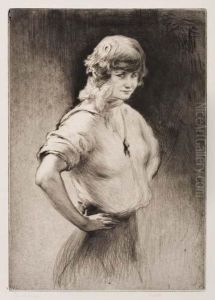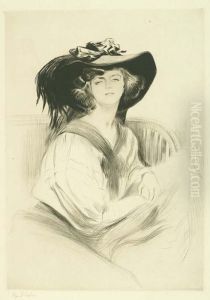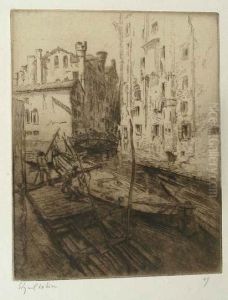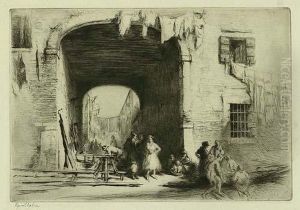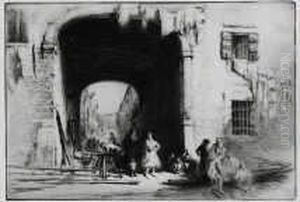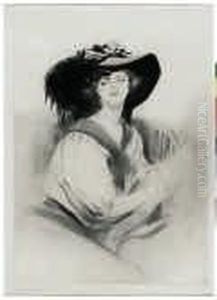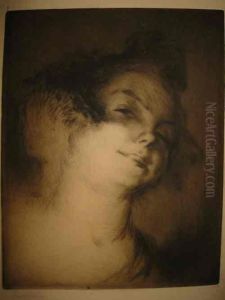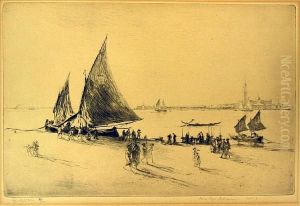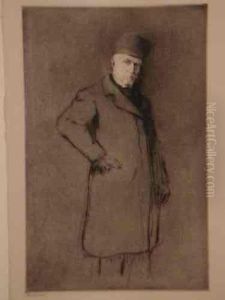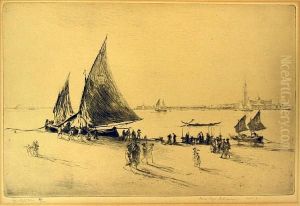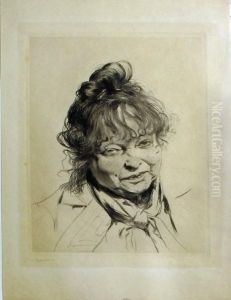Edgar Chahine Paintings
Edgar Chahine was born on November 8, 1874, in Vienna, Austria, to Armenian parents. His family moved to Constantinople (now Istanbul) when he was very young, and it was there that Chahine's interest in art first blossomed. In 1892, seeking to advance his artistic education, Chahine moved to Venice, Italy, where he enrolled at the Accademia di Belle Arti. He lived in Venice for several years, honing his skills and absorbing the influence of the Italian masters. However, it was his move to Paris in 1895 that marked the beginning of his most productive and influential period.
In Paris, Chahine quickly immersed himself in the city's vibrant artistic community, becoming a part of the bustling scene in Montmartre and the Latin Quarter. He studied at the Académie Julian, a popular school among foreign artists, and began exhibiting his work at various salons and galleries. Chahine's early work in Paris was primarily focused on etching and engraving, mediums through which he excelled and gained considerable recognition. His prints from this period depict the everyday life of Parisians as well as scenes from the city's cafés, streets, and the bohemian life, capturing the essence of Paris at the turn of the century with a delicate sensitivity and attention to detail.
As Chahine's career progressed, he expanded his repertoire to include painting and illustration, but it was his mastery in the art of printmaking that truly established his reputation. He was awarded several medals for his prints, including a gold medal at the Exposition Universelle in Paris in 1900. His work was not only appreciated in France but also gained international acclaim, being exhibited in cities such as London, Brussels, and Venice.
Chahine's style is often characterized by its lyrical realism, a blend of meticulous detail and a romantic, atmospheric quality. He was particularly adept at capturing the effects of light and shadow, which added a dramatic and emotive dimension to his work. Despite the beauty and apparent tranquility of many of his scenes, Chahine’s work occasionally hinted at the social tensions and hardships of the era, reflecting his deep empathy and understanding of human nature.
Throughout his career, Edgar Chahine remained deeply connected to his Armenian heritage, although he lived most of his life in France. He was affected by the Armenian Genocide during World War I, which influenced some of his later work. After a long and prolific career, Chahine died on March 6, 1947, in Paris. Today, his works are held in numerous prestigious collections and museums worldwide, including the Bibliothèque nationale de France, the British Museum, and the Hermitage Museum. Chahine’s legacy as a master printmaker and his contributions to the portrayal of early 20th-century Parisian life continue to be celebrated by art historians and collectors alike.
